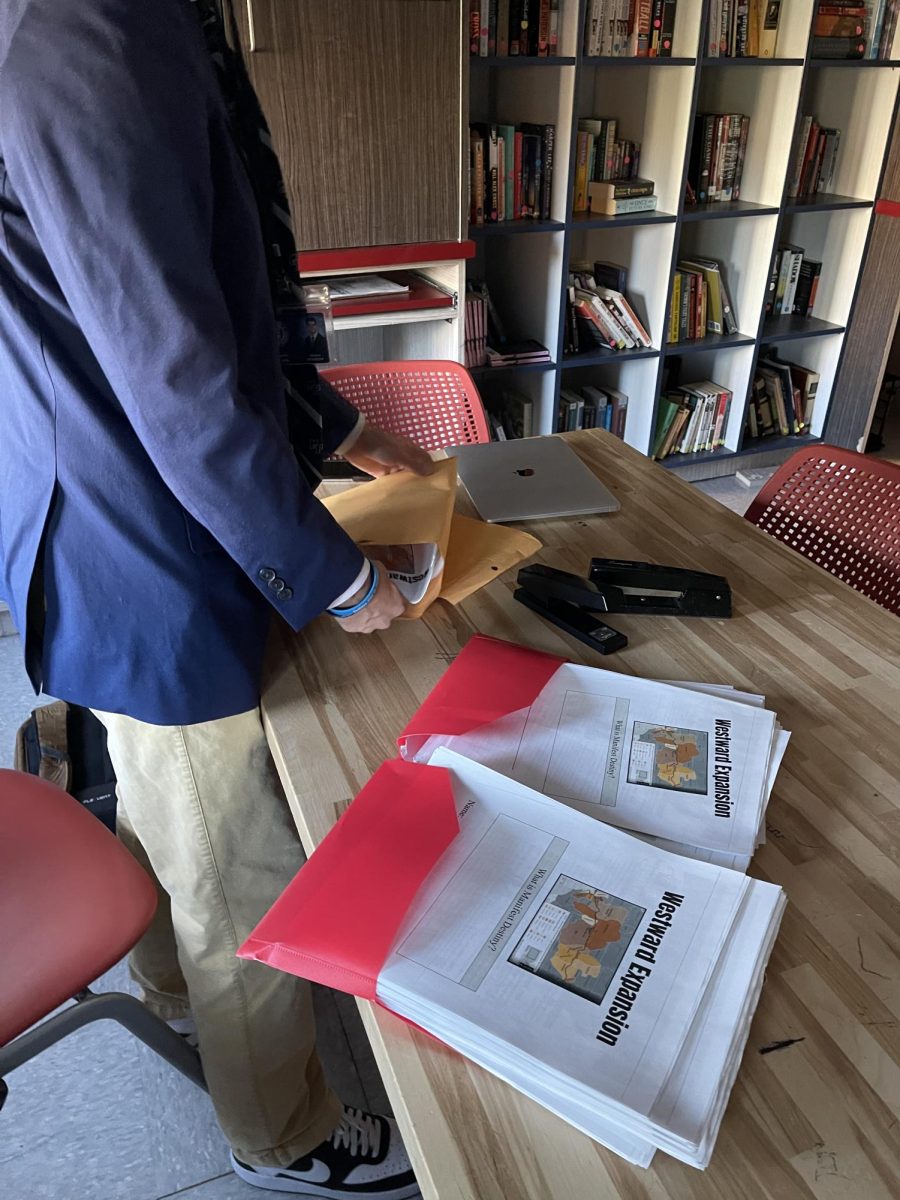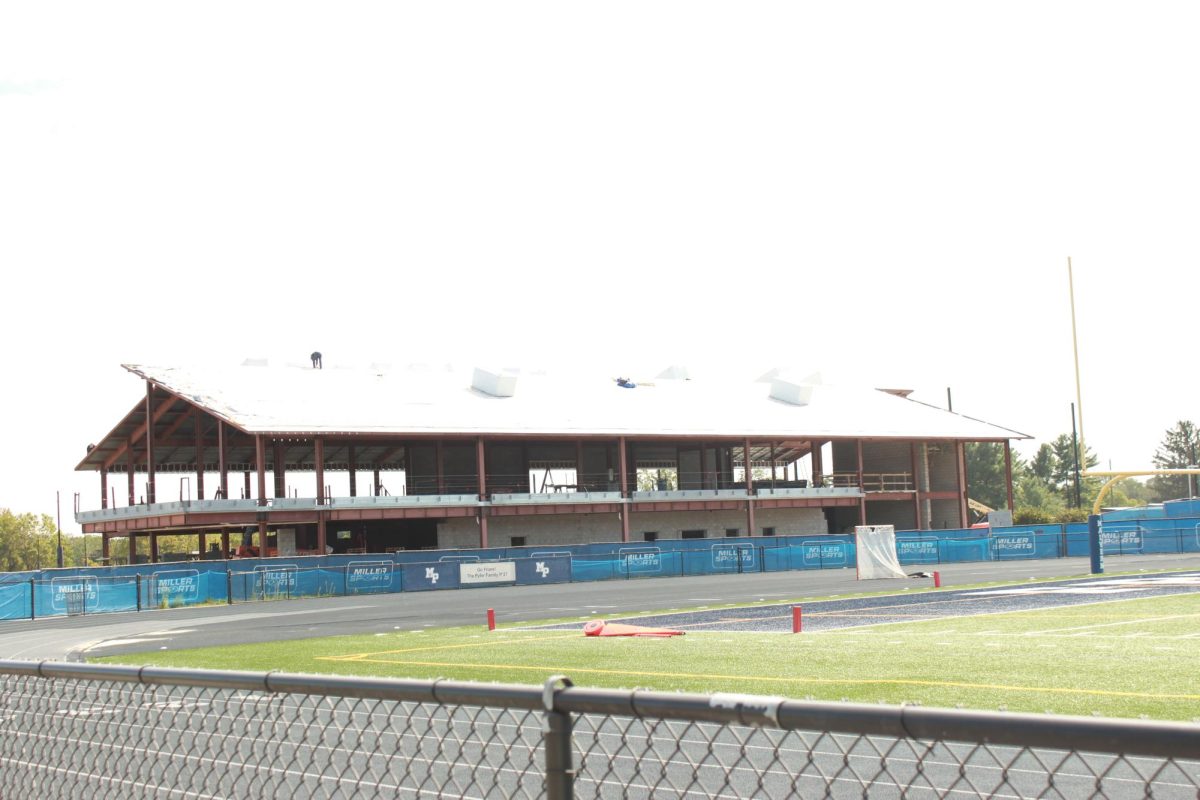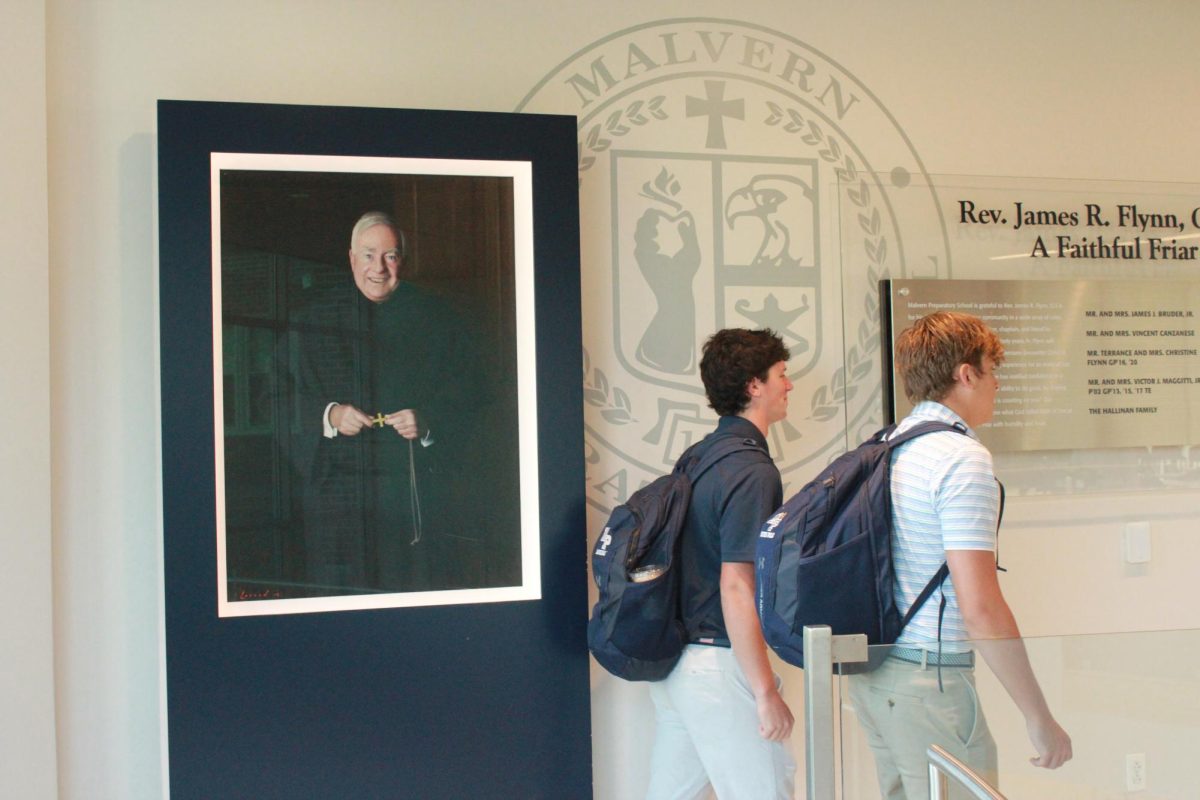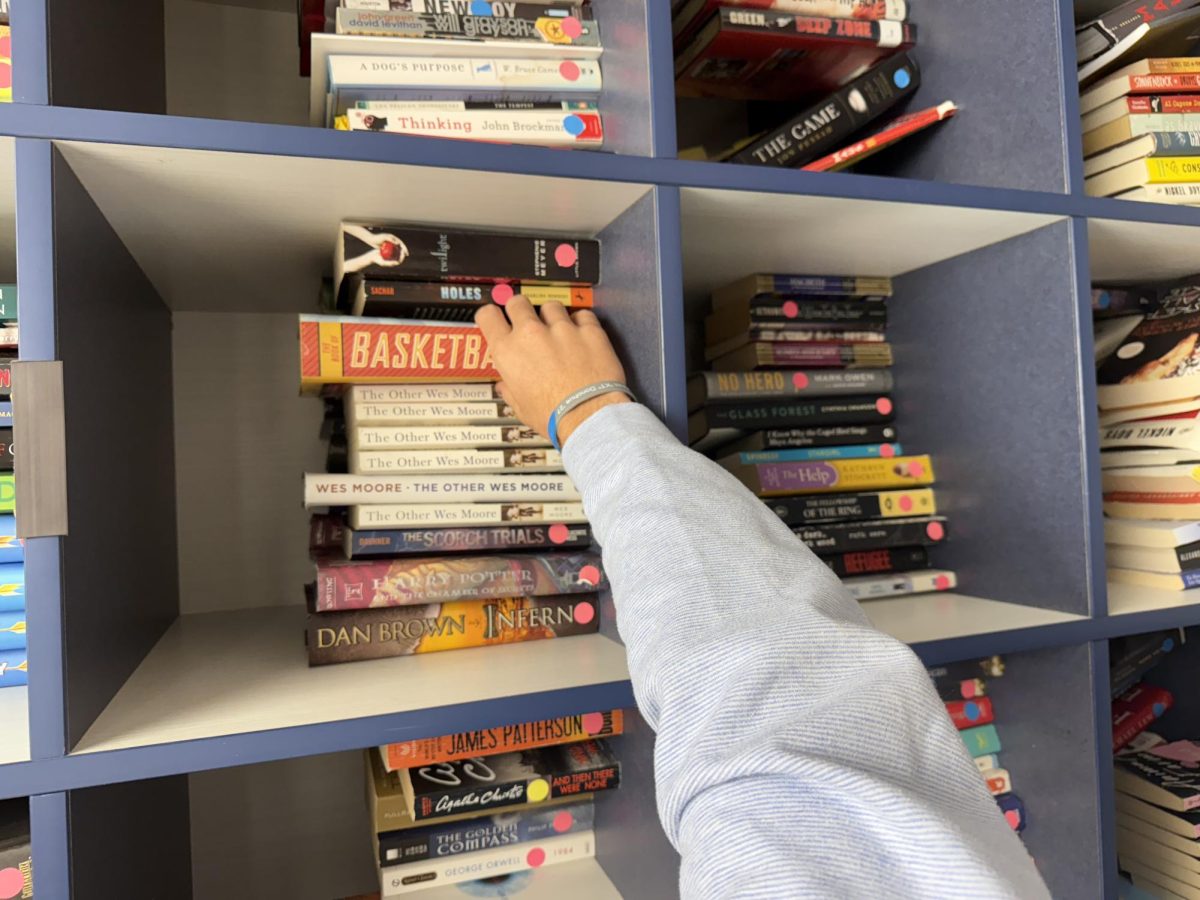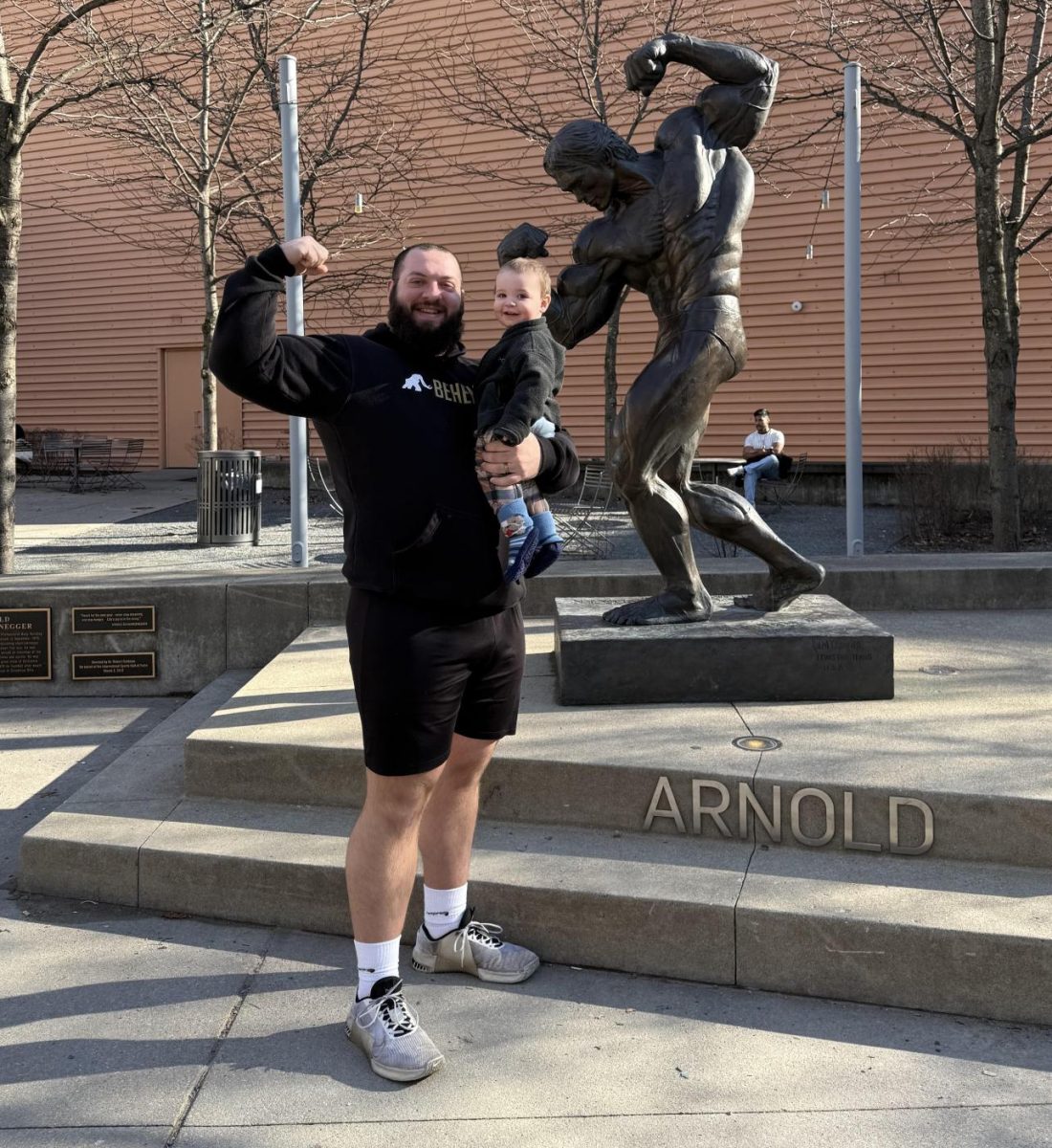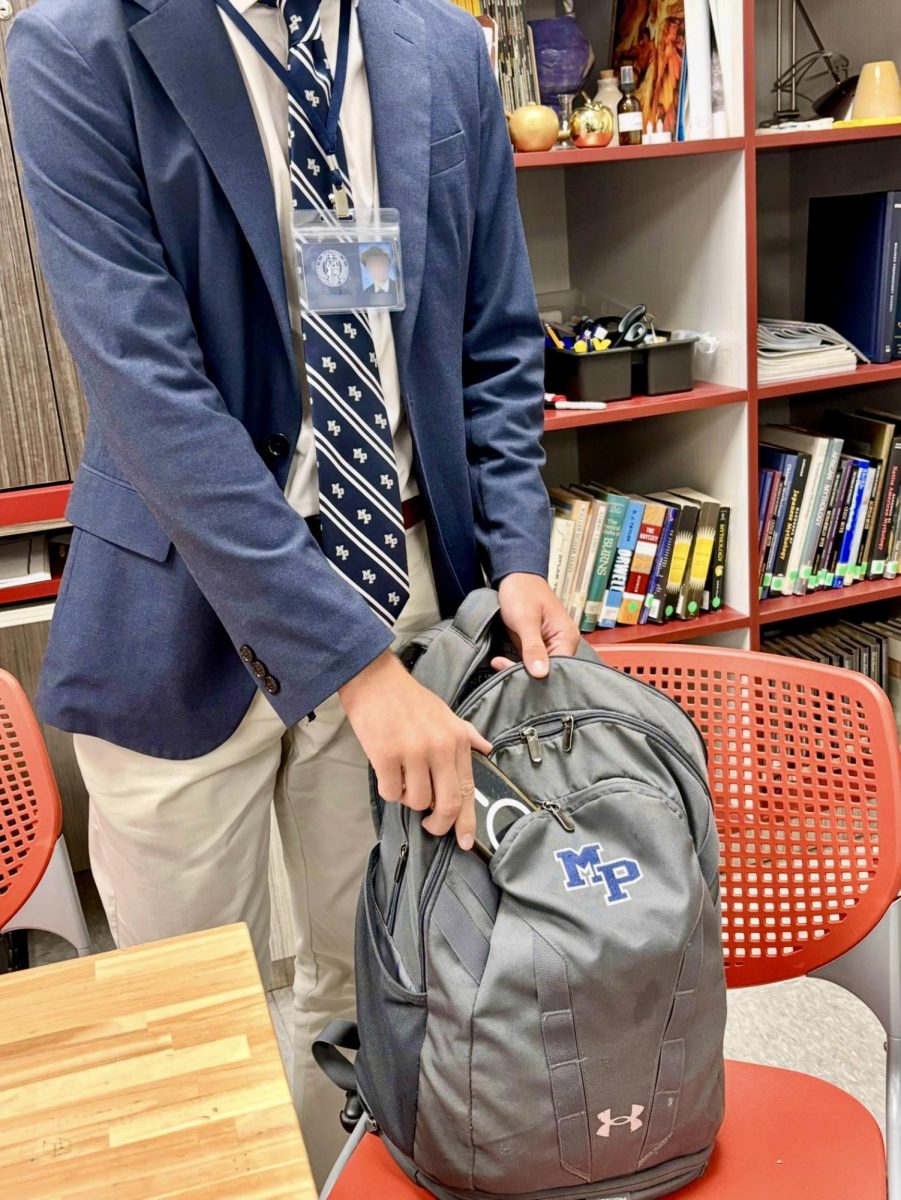Before 1972, room and board on campus meant geographic diversity.
It was a hot September day when Mr. Don O’Neill came to Malvern in the fall of 1954. He did not want to be there. It was his parents’ decision.
“I wanted to go to La Salle,” O’Neill said. ”But my parents, they wanted me to go to Malvern.”
O’Neill was a great basketball player and played on the varsity team his freshman year in 1954. Years later in 1999, Malvern’s O’Neill Center was named for O’Neill and houses its basketball, swimming, and water polo games.
“My freshman year we played in Villanova Hall, what is now Stewart Hall. There was just one court and it was very tight. My sophomore year they put in Dougherty Hall,” he said.
During O’Neill’s time as a student, Malvern students would wake up in Tolentine, go to the bottom floor of Sullivan for breakfast, attend the same five classes everyday, and participate in extracurricular activities.
After your school activities, from 7:00 p.m. to 9:00 p.m., you had to be in your room, according to O’Neill. A priest roamed the corridors making sure you were studying. Then at 9:00 p.m. you could go downstairs for recreation, such as talking and grabbing snacks at the vending machines. But, lights went out every night at 10:00 p.m.
About a quarter of Malvern’s students boarded at the time, and many came from places in Central America and Cuba. All boarding students stayed in Tolentine Hall, and there were two boys per room.

“My roommate was from California,” O’Neill said. “In total, there were about 240 students, and there was no middle school.”
Although O’Neill did not choose to go to Malvern, he grew to love and take great pride in it.
“Malvern has grown to 650 kids,” he said. “We are blessed by God for Malvern’s students and parents, teachers and staff, and its leadership.”
Mr. Jim Stewart came to Malvern in the fall of 1970, its final year as a boarding school. He was the Assistant Athletic Director, and he also taught Spanish. Although it was long ago, Mr. Stewart remembers the boarding students and kids before and during his time.
“I remember a boy named Jose Targae, who has come back to Malvern many times to visit and reminisce,” Stewart said. “We helped his son get into Villanova. I remember boarders before my time who had a good experience, like Jose Targae.”
Stewart described a campus that looked very different when he first arrived.
“When I came here, there was Dennis Hall (a classroom building that got knocked down), Vasey Hall (the old auditorium), St. Rita’s (where the Italian nuns lived and made meals for the priests), Tolentine Hall (where the students lived), and Albert’s Hall (where some students lived/where the priests live now),” he said.
Stewart believes Malvern has changed for the better over the last 45 years.
“Malvern is a much better school [now]. It has better students who are more academically qualified and have interests in becoming the best they can be,” Stewart said. “We have kids who are geared for and want to go to college.”
When Father Flynn arrived at Malvern in January 1973, Malvern was no longer a boarding school. Boarding ended in June of 1972.
“I was never here when [boarders] were here,” Father James Flynn said, “but I have heard stories about when they were here.”
“The priests were the proctors,” Father Flynn said, “and there were four of them. Three of them were Father Knapp, Father Menihane, and Father Gallogly. There was always a proctor with the students.”
Father Flynn said that one of the priests described the experience as “an ordeal.”
“It was exhausting work for the proctors because it was 24/7, 7 days a week,” Father Flynn said. “These kids were our responsibility.”
The priests woke up at 6:00 AM in Austin Hall. They went straight down to chapel and from there went to eat breakfast. Most of the proctors ate in a separate room from the students, but at least one of them watched the students eat. They taught their classes, watched over the students, said their prayers, went to bed, and woke up the next day to do it all over again.
Malvern’s boarding school days required great effort from the proctors, but it made Malvern a place where students from all over the world – Central America, Cuba, California, Malvern, etc. – could have the same Augustinian education.


